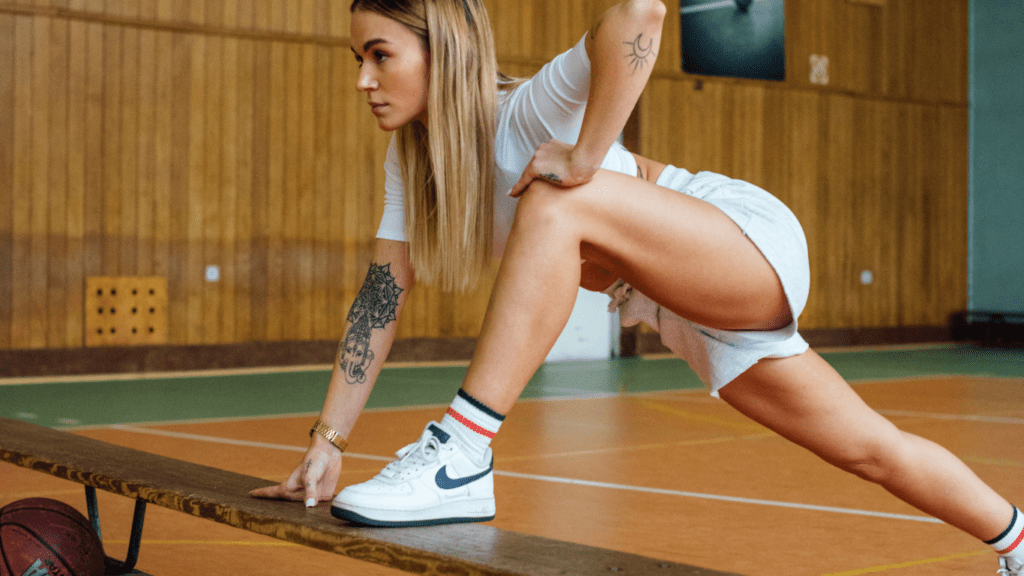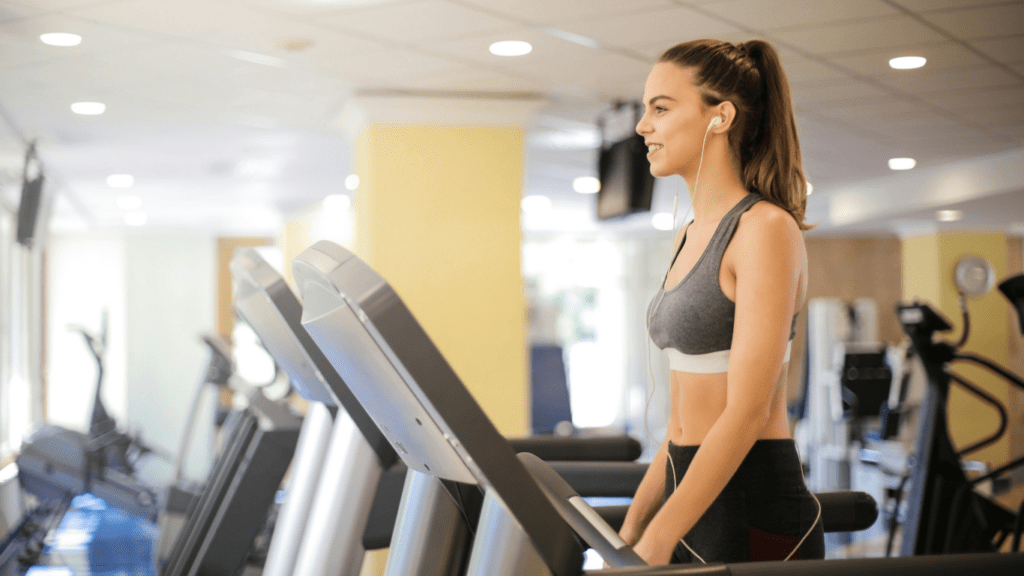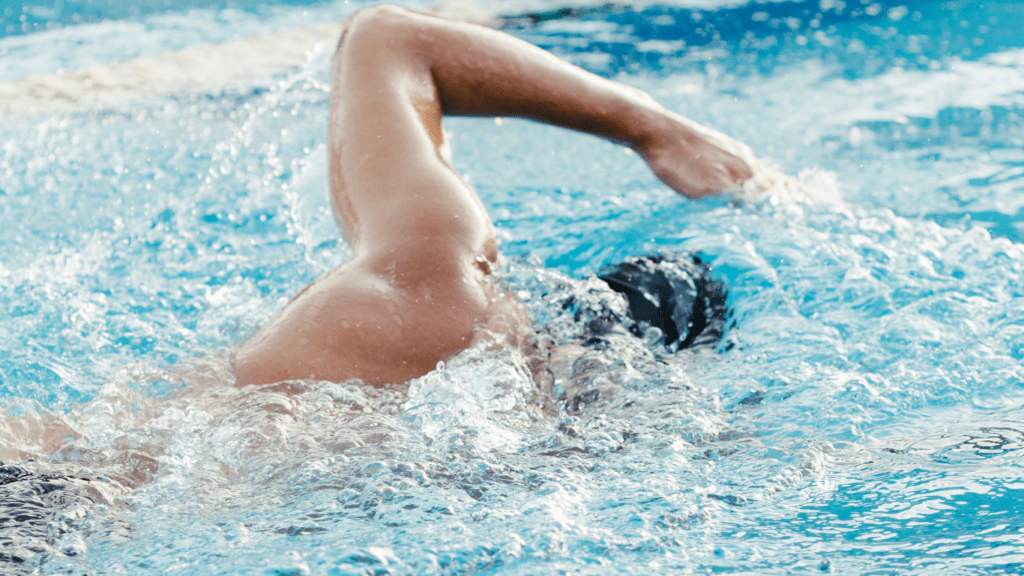In my journey as an athlete and fitness enthusiast, I’ve come to realize that mobility work is often overlooked yet crucial for injury prevention. Many of us focus on strength and endurance, but without proper mobility, we’re setting ourselves up for setbacks.
It’s not just about pushing harder; it’s about moving smarter. Incorporating mobility exercises into my routine has transformed my performance and reduced my risk of injuries. Whether you’re a seasoned athlete or just starting out, understanding the importance of mobility can make all the difference.
Let’s explore how prioritizing mobility can enhance your overall fitness and keep you in the game longer.
The Importance of Mobility Work in Injury Prevention
Mobility work plays a crucial role in injury prevention by enhancing joint function and flexibility. Improved mobility allows for greater range of motion, which helps athletes perform movements correctly and efficiently.
Incorporating specific mobility exercises minimizes the risk of strains, sprains, and other injuries. Integrating a variety of mobility exercises into training routines helps target different muscle groups and joints. Stretching, foam rolling, and dynamic movements provide comprehensive benefits.
Consistent practice strengthens connective tissues, which supports overall stability during physical activities. Engaging in mobility work also encourages proper movement patterns. For example, squats, lunges, and upper body rotations require adequate mobility to execute properly.
Enhancing these movement patterns reduces compensation strategies that often lead to injury.
Understanding Mobility Work
Mobility work involves exercises that enhance joint function and overall movement quality. This practice plays a vital role in injury prevention and performance optimization.
Definition of Mobility Work
Mobility work refers to exercises aimed at increasing the range of motion in joints and muscles. It emphasizes flexible movement through dynamic stretches and controlled movements. This practice focuses on aligning the body’s mechanics to promote optimal performance, reduce stiffness, and alleviate tension.
Examples of mobility work include self-myofascial release, active stretching, and joint mobilizations.
Types of Mobility Exercises
- Dynamic Stretching: Engaging in movements that systematically stretch muscle groups while promoting blood flow. Movements like leg swings and arm circles fall into this category.
- Static Stretching: Holding stretches for a set period to increase muscle length and flexibility. Common examples are hamstring stretches and shoulder stretches.
- Foam Rolling: Using a foam roller to apply pressure to specific muscle groups, enhancing circulation and releasing muscle tightness.
- Joint Mobilizations: Performing specific movements to improve the range of motion in joints. These include ankle circles and wrist rotations.
- Active Movements: Incorporating exercises that require muscles to contract while going through a full range of motion. Examples are walking lunges and deep squats.
Integrating various types of mobility exercises into training routines not only enhances performance but also significantly reduces the risk of injuries.
Benefits of Mobility Work
Mobility work offers numerous advantages that directly impact athletic training and performance. By focusing on specific mobility benefits, I can enhance my routines.
Enhanced Flexibility and Range of Motion
Enhanced flexibility and range of motion result from consistent mobility work. Increasing flexibility allows for optimal joint function, which is vital for performing exercises with proper technique.
Improved range of motion enables me to execute movements more efficiently, reducing strain on muscles and joints. Incorporating activities such as dynamic stretching and foam rolling targets tight areas and promotes muscle elasticity, resulting in a greater capacity for movement.
This increased flexibility plays a key role in preventing injuries during intense physical activities.
Improved Athletic Performance
Improved athletic performance hinges on the effectiveness of a mobility regimen. As I incorporate mobility exercises, I notice better movement quality and mechanics. This leads to more effective power transfer during activities such as sprinting or jumping.
Additionally, proper range of motion prevents movement compensations that often contribute to fatigue and injuries. Studies show that athletes with consistent mobility training frequently achieve higher performance levels, as injury-free training sessions become more common.
Prioritizing this aspect within my training routine allows for sustained improvements in endurance, strength, and overall athletic capabilities.
Role of Mobility Work in Injury Prevention
Mobility work significantly reduces the risk of injuries in athletes by addressing essential elements of physical health. Engaging in targeted mobility exercises enhances overall movement quality.
Reducing Muscle Imbalances
Reducing muscle imbalances plays a crucial role in injury prevention. When certain muscle groups become overly tight or weak, the body compensated by altering movement patterns, leading to increased injury risk.
By incorporating mobility exercises that focus on stretching and strengthening opposing muscle groups, I promote balanced muscle development. Dynamic stretches and foam rolling target tight areas, while specific strengthening exercises help support weaker muscles.
This balanced approach ensures a more harmonious interaction between muscles, reducing the likelihood of strains and sprains during athletic activities.
Promoting Joint Health
Promoting joint health is vital for minimizing injury risk. Joints require a full range of motion to function effectively during physical activity. Mobility exercises, such as joint mobilizations and active movements, keep joints lubricated and encourage synovial fluid circulation.
This results in improved joint stability and mobility. By regularly engaging in these exercises, I maintain healthy joints, allowing for seamless transitions between movements. Enhanced joint health not only supports injury prevention but also improves overall athletic performance by improving my ability to perform movements with efficiency and precision.
Incorporating Mobility Work into Your Routine
Incorporating mobility work into my routine has transformed my performance and reduced my injury risk. Prioritizing these exercises allows me to maintain optimal joint function and flexibility.
Recommended Mobility Exercises
I focus on various mobility exercises to target different muscle groups and joints effectively. Here are some recommended exercises:
- Dynamic Stretching: Engaging in movement-based stretches, such as leg swings and arm circles, primes my muscles for activity.
- Static Stretching: Holding stretches like hamstring or quad holds helps increase flexibility and muscle length after workouts.
- Foam Rolling: Using a foam roller to release muscle tightness improves blood flow and prepares my body for strenuous activity.
- Joint Mobilizations: Performing controlled movements, like ankle circles or shoulder dislocations, enhances joint stability and mobility.
- Active Movements: Incorporating exercises such as lunges with a twist or inchworms promotes dynamic flexibility during workouts.
Creating a Consistent Routine
Establishing a consistent routine is vital for reaping the benefits of mobility work. I allocate specific time slots in my training schedule dedicated to mobility exercises. Here’s how I structure my routine:
- Warm-Up: I begin each workout with 5-10 minutes of dynamic stretching to prepare my muscles.
- Post-Workout: After intense sessions, I spend 10-15 minutes on static stretching and foam rolling to aid recovery.
- Dedicated Mobility Days: I include at least one session per week focused entirely on mobility, emphasizing various techniques to enhance flexibility and joint health.
- Variety: I consistently switch up exercises to prevent plateaus and keep my routine engaging.
This approach ensures my body retains flexibility and strength, minimizing injury risk and enhancing my overall athletic performance.




